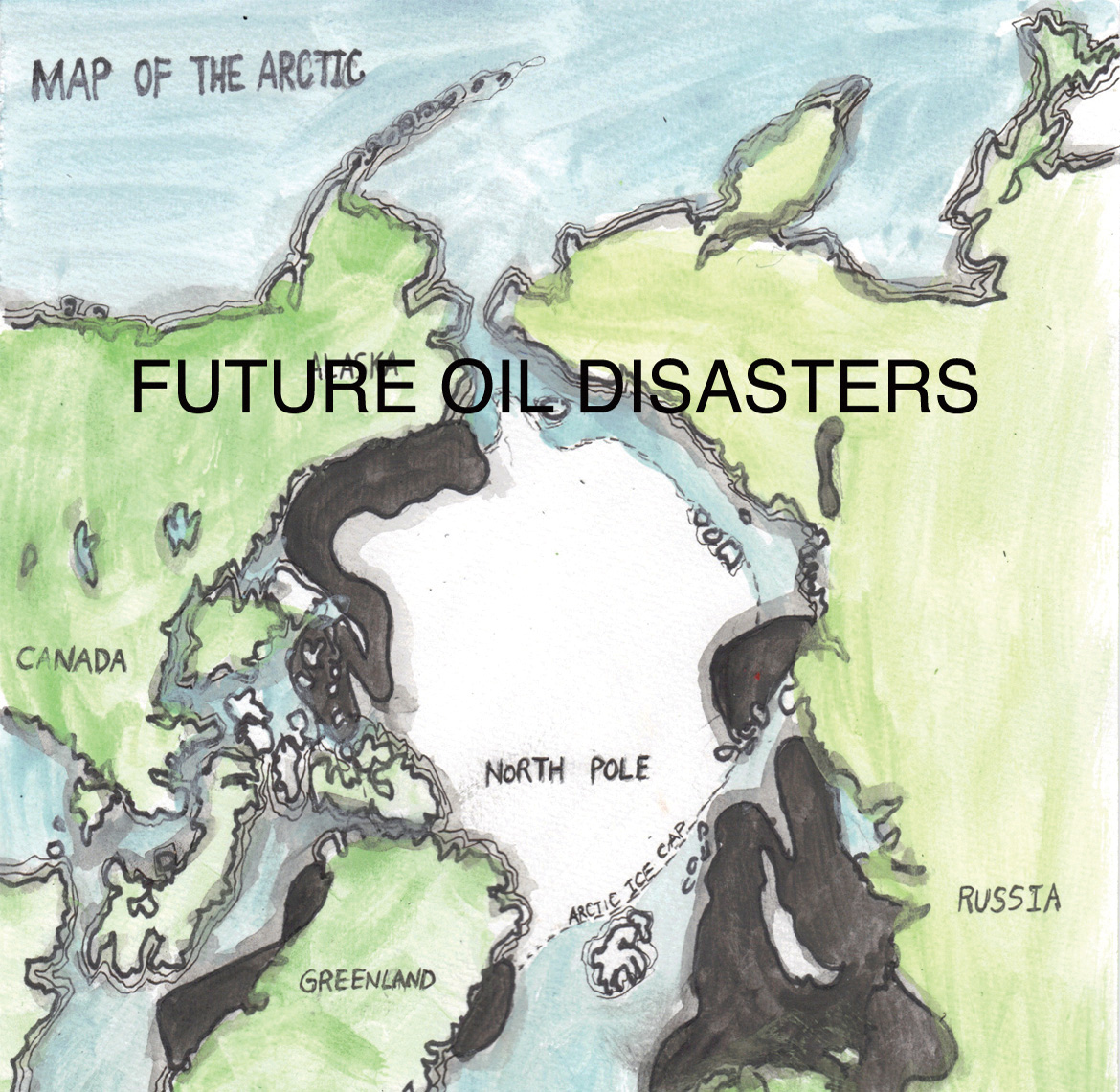The other day I was walking around campus when I passed a pink fire truck. It was, of course, related to some kind of breast cancer fundraiser. For some reason, this got me thinking, and as I looked on and pondered, a question occurred to me in a sudden moment of clarity: What exactly is the connection between oncology and the decor of emergency vehicles?
Surely, if our goal is to eradicate breast cancer, there are much better ways to go about it. Research, for instance, has served us well in the past. Painting the truck is just another example of those weird but ubiquitous charitable fundraisers that include some kind of garish, ostentatious display. It seems no fund drive is complete without a marathon, a glow-bowling tournament, a hot dog eating contest, or some other incredibly wasteful activity with no real connection to the cause being supported.
We tell ourselves that the purpose of charity is to help others, but surely if that’s the case we’d regularly donate an affordable but sizeable sum to the most effective charity possible. But that’s not what we do. We grudgingly surrender a few bucks a couple times throughout the year, and only if they go to the trouble of organizing a sponsored potato sack race for our viewing pleasure. This is compassion as luxury. It is, objectively, the behaviour pattern of someone who wants to appear altruistic and get the attendant warm feeling, not someone who genuinely cares.
And the result of this is that money goes to the charities most effective at organizing Bavarian fire drills. Pictures, testimonials and guilt trips decide who gets funding, not simple facts about which charity is doing the best job. According to a post on blog.givewell.org, the vast majority of charities have never been evaluated for effectiveness, and of the ones that have, most have demonstrated a weak or even negative effect. You could get a warm feeling by simply setting the money on fire, and it would have approximately the same effect as donating to a startling number of charities.
It seems ghastly to think about something like charity in the cold economic terms of return on investment, but that’s how the game is played. If you want to help people, you need to constantly hold two questions in your mind: “Is this effective?” and “Could someone else do it better?” If there are two charities, A and B, and A can save a starving child in Sierra Leone for a hundred dollars, while B can cure three cholera-afflicted children in Uganda for the same cost, then there is only one valid, moral answer to the question of who to donate to. Faced with this choice, giving to charity A is obviously the worse proposition.
GiveWell, a non-profit organization that does extensive research to evaluate charities based on their effectiveness, has a wide variety of information available on their website. They not only do in-depth analyses of specific charities, but also evidence-based assessments of different types of programs, such as anti-retroviral therapy as a preventative treatment for HIV. They have some surprising facts — such as education programs and after-school programs that have been shown to have little to no effect, for instance.
GiveWell has recently rolled out a new list of top recommended charities just in time for the holiday season, when most of their donations come in. The new list-topper is the Against Malaria Foundation, which distributes insecticide-treated mosquito nets to developing countries. They estimate that every US$2,000 spent on handing out mosquito nets saves one life.
It’s around this time of year that people start thinking about generosity. If you are, you have a duty to make sure your generosity accomplishes something — especially if the research could be as simple as spending 10 minutes on a website. Go to GiveWell or another site like it and take their data into account. It is, quite literally, a matter of life and death.
Tom Ingram is the science reporter for the Manitoban.




